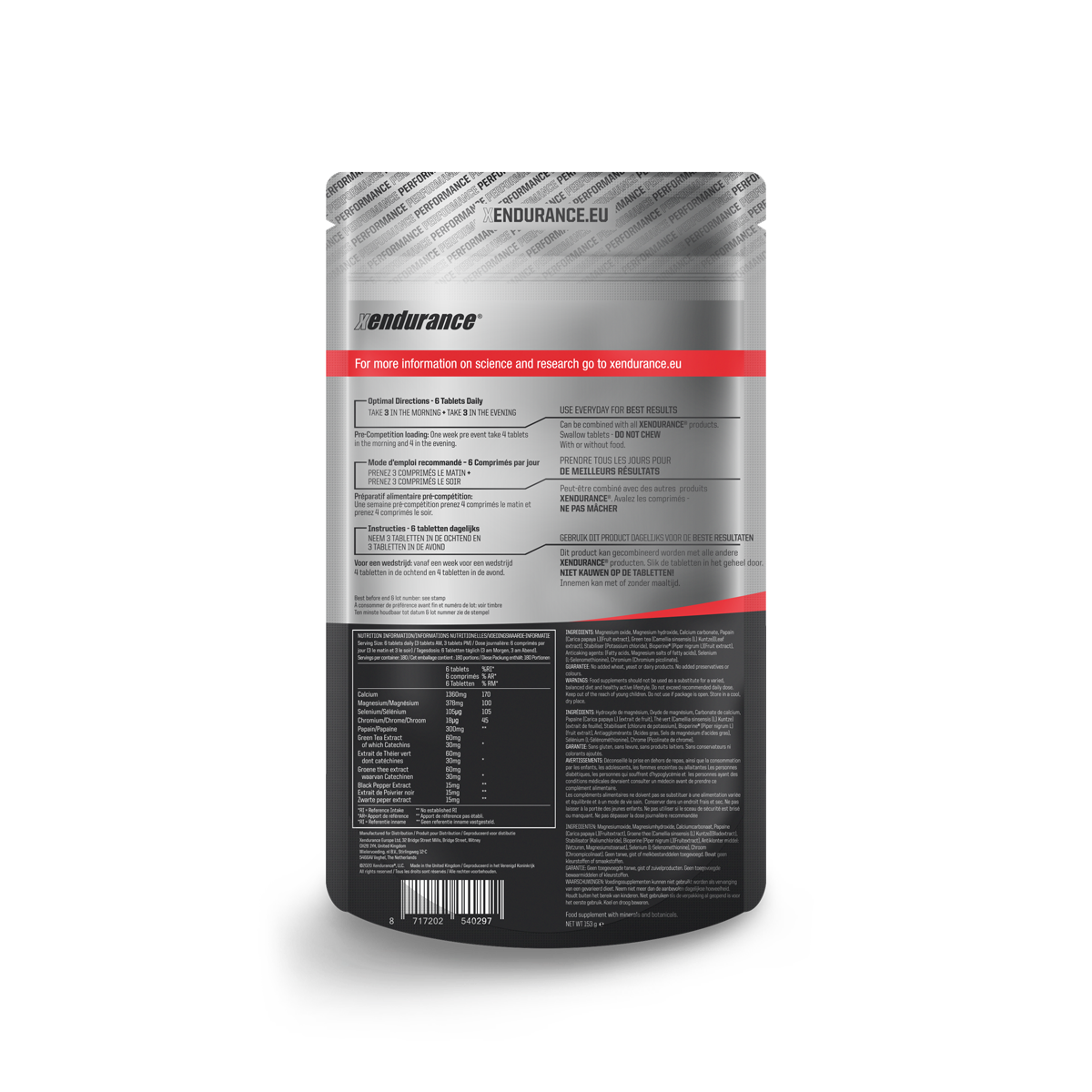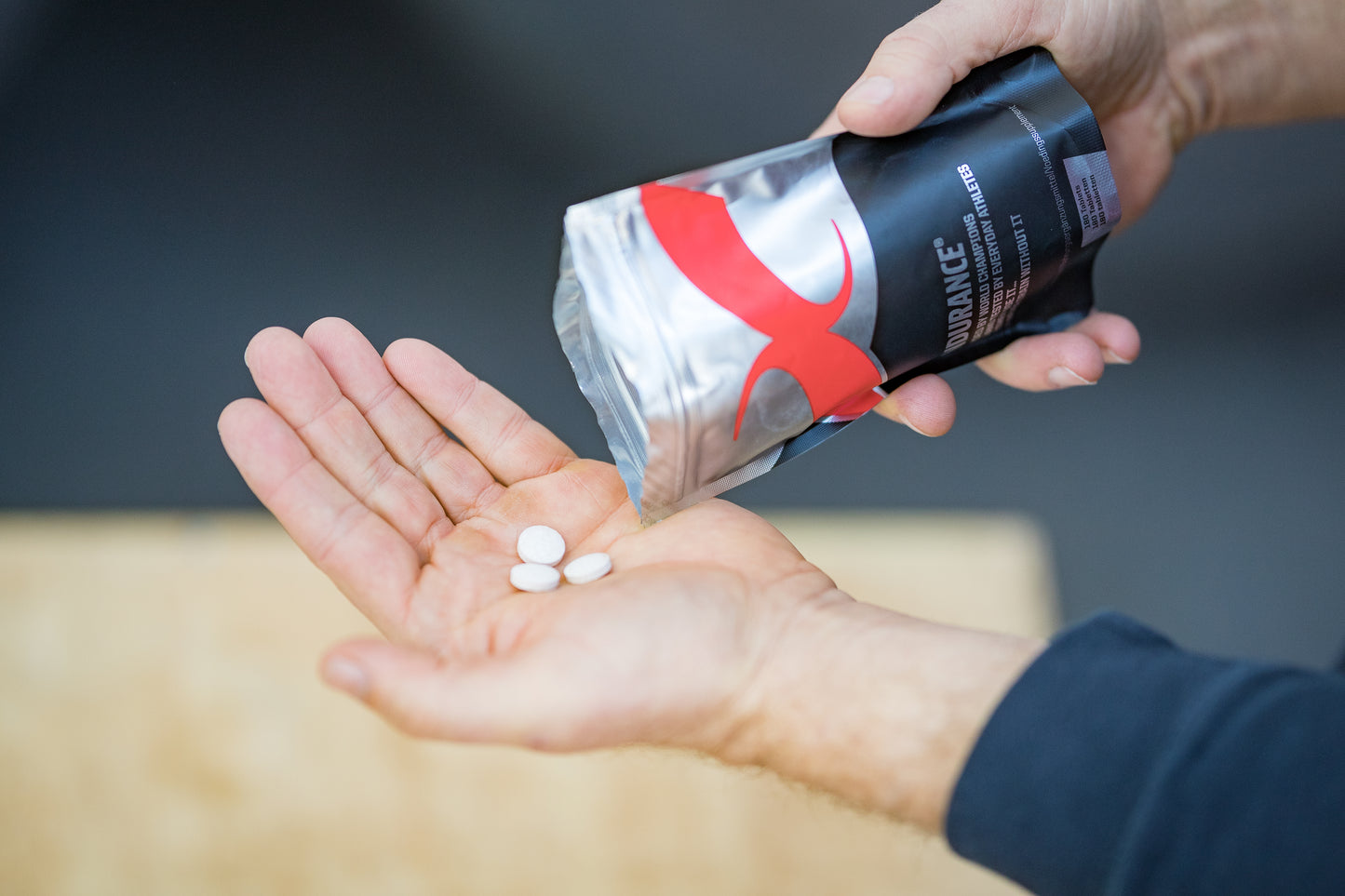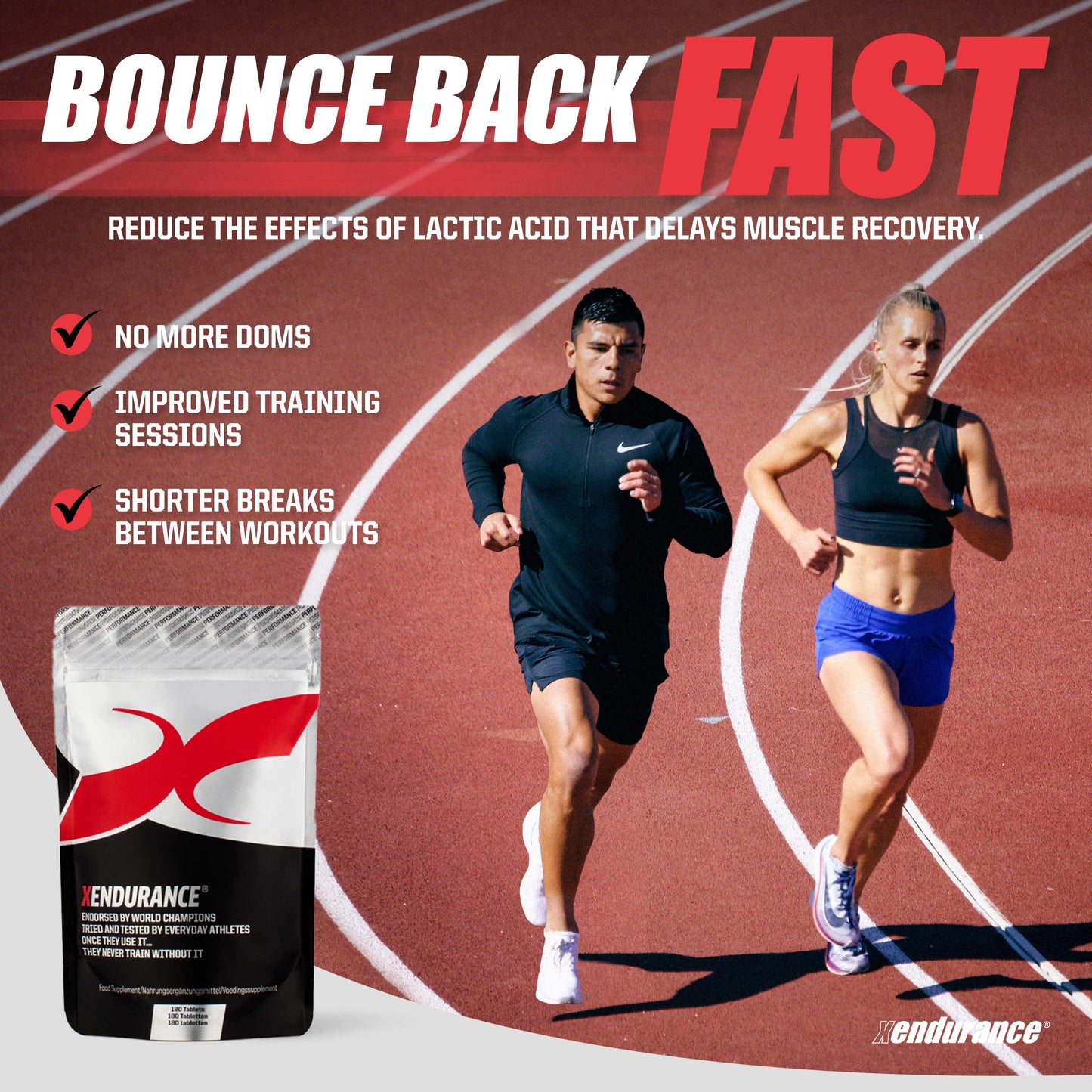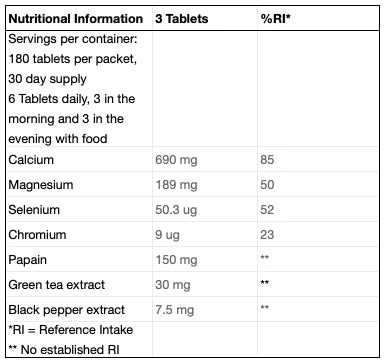On the triathlon scene the next two World Championships, both 70.3 and Ironman, for this year are in destinations far afield for many athletes. So how do you make sure that your travel doesn’t have a negative impact on your performance come race day? Here are four elements you should take into consideration when planning your travel to a race.
1) Time zone difference
How many hours difference is there between the home and where you are racing? If the time difference is greater than 5 hours then this is likely to have an impact on how well you can perform if you don’t get the timings of travel right.
There are two options you can look at;
Option 1) A general recommendation is to allow one day per hour of time difference to let your body adjust to the time zone before a race. For example if you are a UK based athlete racing in Kona, the time difference is 11 hours so you want to be arriving in Kona 11 days before the race day.
Option 2) Fly out as close as you can to the race day. The idea behind this is that having a very short period of time between landing and the race is not enough for the body to be affected by jet lag and change in time zones.
One thing to bear in mind with both of the above options is that the effects of jet lag and fatigue is quite individual so use your past experience to help guide you on which of the options might work best for you.
2) Time to travel to race destination
If you are needing to take a long haul flight, which could include possible transfers or layovers, make sure you consider how long it will take you to process the fatigue of travelling before the race. Another element for you to consider is how you will hydrate and fuel yourself during the travel period. Sufficient hydration and correct nutrition is vital in the lead up to your race and therefore the use of hydration/salt tablets and not consuming alcohol on your flights is a general rule of thumb if you want to arrive in the best possible form. This is particularly important if it takes you 8-24 hours to reach your destination. It is also worth travelling with your own snacks so you are never short of food (remember athletes consume a lot more than the average traveller so inflight meals won’t quite hit the mark on the calories you need to consume) and you can consume the right foods for you.
3) What is the change in climate like?
If the altitude or temperature of where you are racing is different to that which you are used to training in you should consider how to prepare. There are strategies you can implement at home such as heat training using a sauna or altitude training at special centres both of which have proven benefits. The other consideration is arriving at the race destination with enough time to acclimatise to the climate or altitude. This can take anything from 3-14 days to feel comfortable racing in the conditions. The only thing to keep in mind with this is that acclimatisation also takes a toll on the body so you need to factor that in with your pre race training plan to ensure you don’t fatigue the body before the race has even started.
4) Adjusting to a new environment
Athletes tend to be creatures of habit and travelling to a location where you don’t know the best swim/bike/run locations to do your final prep before a race can throw even the best athletes out there. You might be someone who is perfectly happy being in a new place in which case this is less important for you but for the rest of us, consider the length of time that it might take you to settle into your new environment or make the decision to arrive last minute and get all of your final preparations done at home where you feel most comfortable.
Happy racing!









